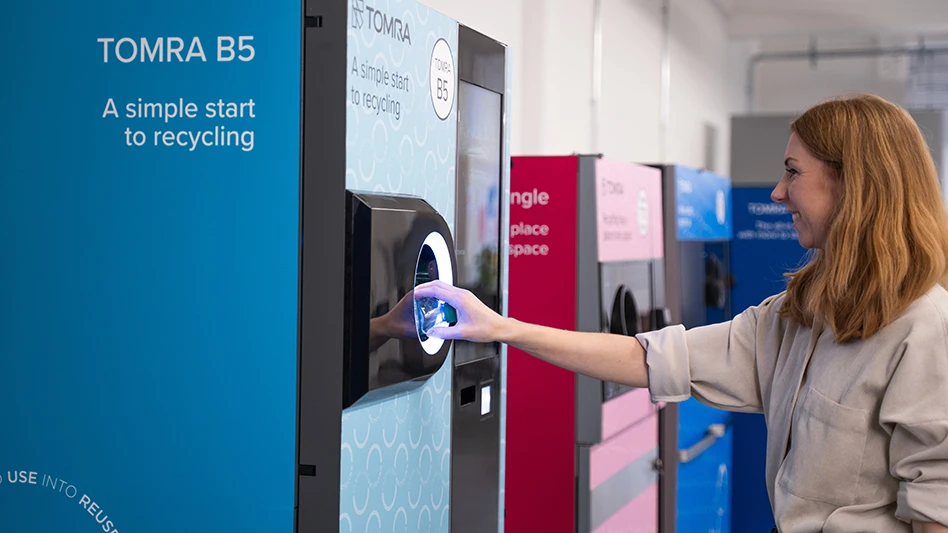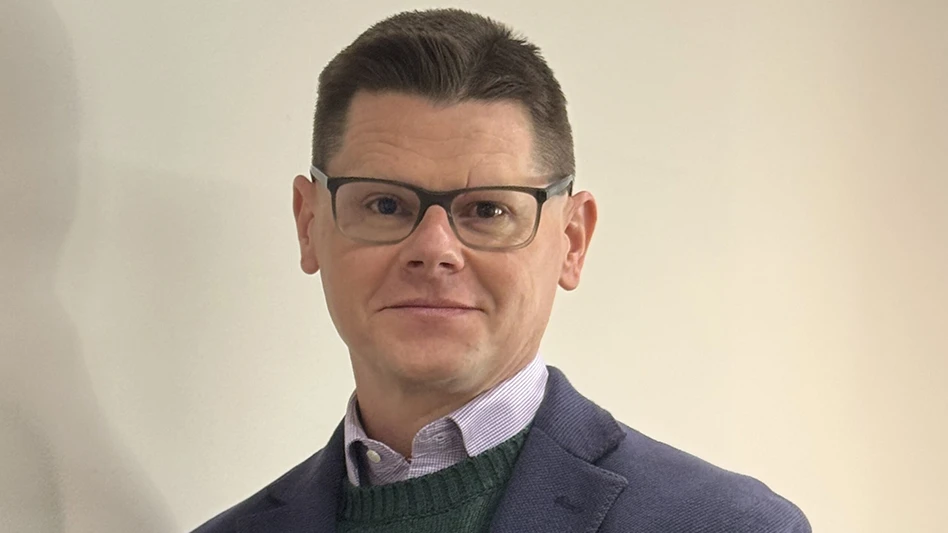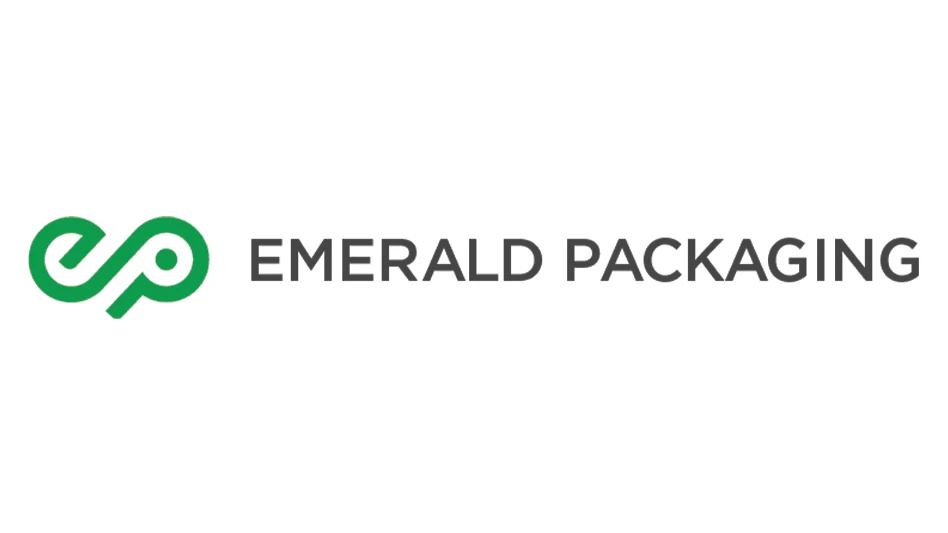
Alpla
Alpla, a global plastic packaging manufacturer based in Hard, Austria, is expanding its high-density polyethylene (HDPE) recycling activities with the acquisition of two recycling plants in Spain.
Alpla signed the purchase agreements for the acquisition of Suminco S.A. in Montcada, near Barcelona, and Replacal S.L. in Palencia, north of Madrid, in October. Both businesses belong to a Spanish family-owned enterprise with more than 35 years of experience in manufacturing postconsumer HDPE products. The capacity of the plants, which have 50 employees combined, will be expanded to 35,000 metric tons per year, according to an Alpla news release.
“The investment in the two recycling plants in Spain brings us one step closer to our overall goal of being the leading manufacturer of sustainable plastic packaging,” says Georg Lässer, head of recycling at Alpla.
To date, a large proportion of Suminco and Replacal’s recycled HDPE has gone into manufacturing corrugated pipes for sewage systems and other industrial applications. Alpla intends to use suitable recycled material to produce HDPE packaging.
“We are safeguarding our production plants’ material supply and are doing our bit to achieve a functioning circular economy,” Lässer says.
Former owner Jose Peruga adds, “The strong and recognized quality of our products in postconsumer recycling for more than three decades together with the synergies that will be created with Alpla will allow us to improve the quality of our products even more, and Alpla can produce HDPE packaging with a high content of recycled postconsumer material as their customers and consumers demand.”
In 2018, Alpla signed the Global Commitment of the New Plastics Economy, an initiative of the United Kingdom-based Ellen MacArthur Foundation in conjunction with the United Nations Environment Program. Alpla’s defined goal is to expand its recycling activities and it has earmarked an investment of 50 million euros for this purpose. Additionally, Alpla’s packaging is to be fully recyclable by 2025. The volume of processed postconsumer recycled materials is to rise to 25 percent with the acquisitions.
With two PET (polyethylene terephthalate) recycling plants in Austria and Poland and joint ventures in Mexico and Germany, Alpla has long been an established partner in the field of PET recycling. These operations have a capacity of 70,000 metric tons per year.
Latest from Recycling Today
- ReMA urges open intra-North American scrap trade
- Axium awarded by regional organization
- China to introduce steel export quotas
- Thyssenkrupp idles capacity in Europe
- Phoenix Technologies closes Ohio rPET facility
- EPA selects 2 governments in Pennsylvania to receive recycling, waste grants
- NWRA Florida Chapter announces 2025 Legislative Champion Awards
- Goldman Sachs Research: Copper prices to decline in 2026





